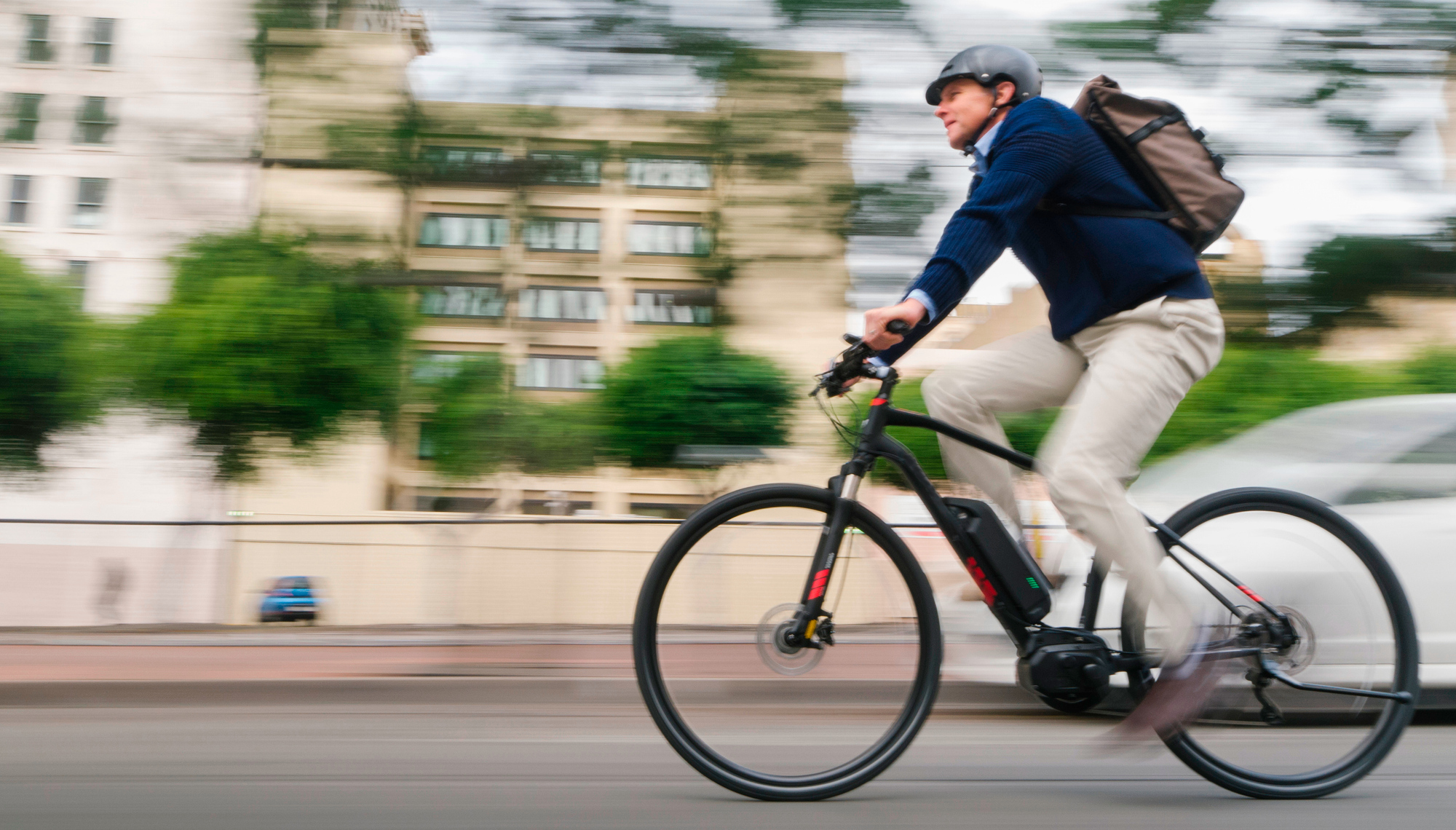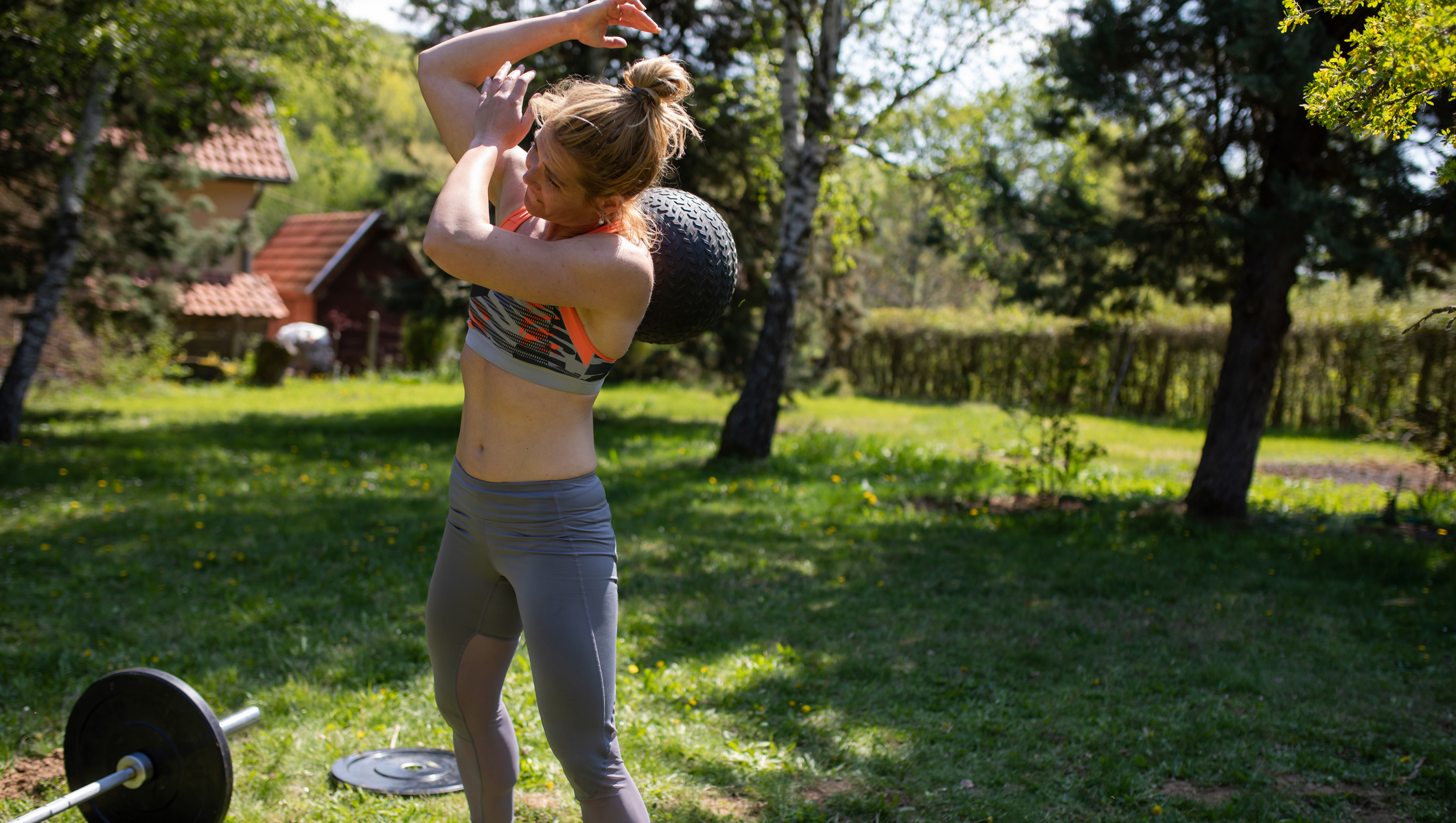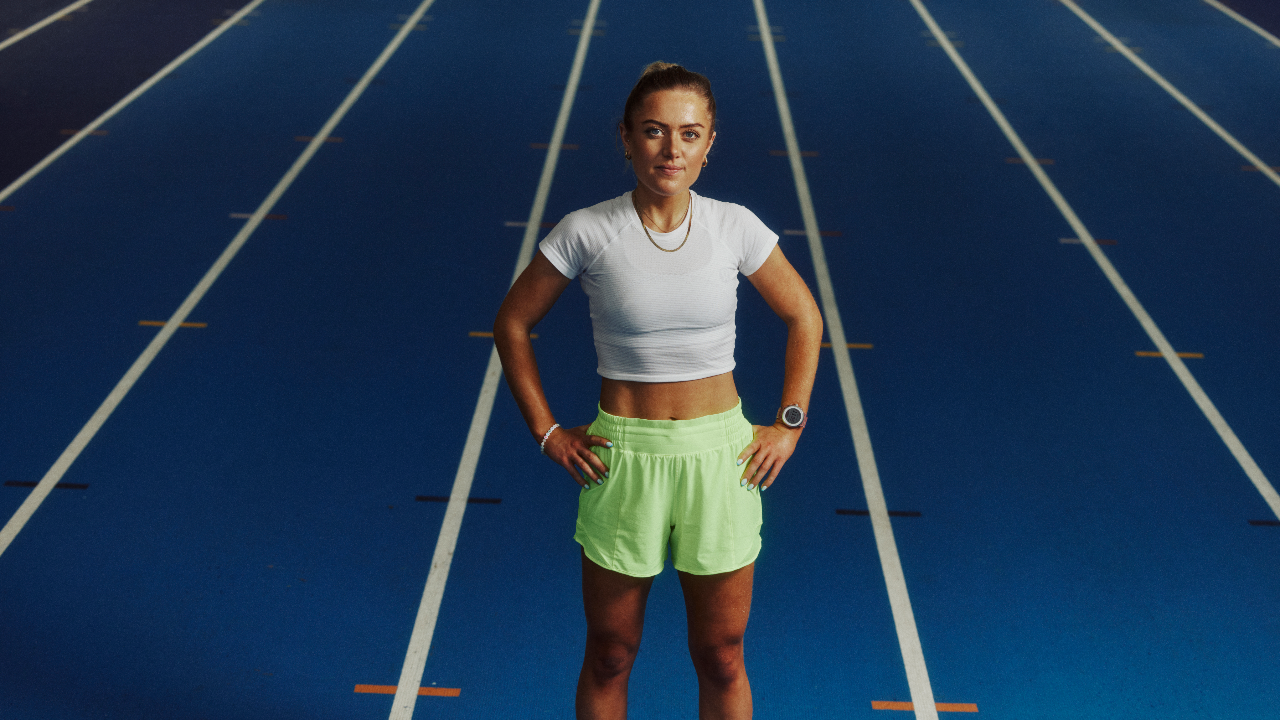What Is Gait Analysis And Is It Worth Doing?
Does gait analysis provide valuable insights on your running stride or is it a sales tactic?

The COVID-19 lockdown has been a cue for many people to take up running. When your trips outdoors are restricted to essential shops and exercise, it’s only natural to start doing a little more of the latter. It may well be that that has translated into a lasting love affair with running, and so now perhaps you’re now starting to wonder about a new set of shoes, or have found you’re developing injuries and well-meaning friends (or the internet) have suggested that stability shoes are right for you.
In more normal times you may well have popped into a running shop and been encouraged to try gait analysis to help determine the best footwear for you. This generally takes the form of a quick run on a treadmill to determine your running style, which can lead to shoe recommendations.
The cynical may well recoil, assuming it’s a ploy to get you to buy shoes. And it is, but it’s also an easy and usually free way to get a bit more insight into your running gait, which can be important in helping you to avoid injuries and fulfil your potential in the sport.
Now that shops are starting to reopen, you can get gait analysis done again, and done safely. Runners Need, for instance, now requires you to pre-book your free 30-minute gait analysis session. It’s a little extra hassle, but it means you can be sure the shop won’t be overcrowded, especially as queuing and one-way systems will also be in place.
If you’re keen to give it a go, you’ll find everything you need to to know about gait analysis below, starting with what running gait actually is.
What Is Running Gait?
"Your running gait, comprising five phases, is the way your foot strikes and leaves the floor with each stride,” says Gordon Crawford, a British triathlon champion and former coach for the Scottish national team.

The five phases are as follows:
Get the Coach Newsletter
Sign up for workout ideas, training advice, reviews of the latest gear and more.
- Stance When your foot first strikes the ground.
- Loading From when your heel hits the ground to the moment your forefoot touches down.
- Mid-stance The point at which your heel starts to lift and the forefoot flexes.
- Toe-off When your foot leaves the ground.
- Swing The time between your foot leaving the ground and touching it again.
“The foot has its own natural rolling movement, outwards or inwards, throughout the five phases. Injuries can occur when these rolling movements, known as pronation, become exaggerated,” says Crawford.
“With normal pronation the foot rolls evenly, distributing the force of impact optimally, followed by an even toe-off. Those with normal pronation are often referred to as neutral runners.
“With over-pronation the foot rolls too far inwards, flattening the foot arch and stretching the muscles and tendons in the foot. With under-pronation there’s an excessively outwards roll, which places strain on the muscles and tendons that stabilise the ankle.”
What Happens During Gait Analysis?
For runners, gait analysis usually involves a fairly quick and free treadmill test at a running shop (although it can also be a very thorough process involving a podiatrist). To experience the former, we tried gait analysis at the London Marathon Store near Liverpool Street.
The first step was standing barefoot on the floor and bending at the knees, before doing the same on a mirrored stand to get a better look at how our feet came into contact with the ground. Then we ran for a short period on a treadmill in shoes recommended for our level of pronation. The whole thing took under 30 minutes and provided the chance to run in a couple of different pairs of shoes.
There are more extended sessions available that will look at your entire stride, but generally a free gait analysis in a running shop won’t extend much beyond checking how high your arch is and pronation during running.
What Are The Benefits Of Gait Analysis?
Gait analysis can be used to identify how your foot rolls and recommend a shoe designed to support you correctly, but you can also check how your whole body is moving with each stride.
“Everybody has an individual running style, so it’s really important to analyse the whole body,” says Joe Wells, technician at the Saucony Stride Lab. “The outcome will be an understanding of the runner’s requirements. Usually, selecting correct footwear is part of the solution, but it will also lead to advice regarding a flexibility, strength and conditioning regimen.”
What Are The Most Common Issues Revealed By Gait Analysis?
“Slow cadence – longer strides at a lower frequency; heel striking – with your foot landing in front of your hips; a lack of core strength, which results in the hips dropping, which can cause both the knee and ankle to rotate inwards; and a lack of flexibility and strength, particularly in the glutes and calves,” says Wells.
“All of these can result in injury and a reduction in running efficiency. However, all of these can be fixed relatively easily. Pilates, core work and yoga complement running because they combine core strength with flexibility to help increase efficiency, but also reduce the risk of injury.”
See related
- Yoga For Runners: Five Moves To Help You Recover After Long Runs
- 15-Minute Core Workouts For Runners
- The Basics Of Running Technique Explained
Is It Worth Doing?
Yes and no. If you’re an experienced runner with a good idea of the shoes you like, then you’ll probably be best off sticking with what you know (unless you’re getting a lot of injuries). For new runners, however, it’s worth doing. It’s free, you might learn something about your running style and the terminology around running shoes, and you’ll get the chance to try some shoes out. All this will make it easier to pick a pair of shoes, whether that’s there and then or later on. Even if you go against the advice given, at least you can make a more informed choice.
Then there’s the possibility that gait analysis does discover something important about your running style that tells you what the best type of shoe to wear is – or, perhaps more importantly, shows you that you’ve been wearing the wrong type. This might mean you avoid those niggling injuries that can make training a frustrating experience.
Ultimately, if you’re in the market for running shoes for a marathon or any long-distance event, you should be going to a proper running shop for advice anyway. And while you’re there, it won’t cost you anything to jump on the treadmill for a few minutes.
Which Stores Offer Gait Analysis?
Most specialist running stores offer free gait analysis, whether they’re independent shops or chains, but it’s not always as simple as turning up unannounced and jumping on a treadmill. Sometimes you’ll need to book in advance, and it’s worth checking out the store’s website to see if there’s information on the type of gait analysis available.
Below you’ll find details on the gait analysis offered from a few national running store chains, but it’s also worth searching near you to see if an independent store offers the service.
Runners Need
All Runners Need stores offer free gait analysis and there’s no need to book in advance. You can find your nearest store and get more info on the gait analysis available on the Runners Need website.
Sweatshop
You can get gait analysis and advice on which running shoe is best for you at any Sweatshop store. It’s best to contact your local store directly in advance to book an appointment. You can find the contact details for your nearest branch on the Sweatshop website.
Up & Running
All Up & Running stores offer free gait analysis, but it’s worth phoning your local store in advance to check how long it’s likely to take and if you need to book. You can find your nearest branch on the website.
Run And Become
Run And Become offers free gait analysis at all its three stores (London, Edinburgh and Cardiff) and although you don’t have to book in advance, given the present circumstances it won’t hurt to call ahead. Run And Become went virtual during the lockdown with Online Gait Analysis and is still providing the service if you can’t make it to a physical store for any reason. You’ll need to send videos of you running and performing a set of movements and photos of your current running shoes via WhatsApp, as well as arranging a time to chat with someone from the store. The only caveat is that they ask you to use the service only if you plan to buy a pair of shoes at the end of the call.

Nick Harris-Fry is a journalist who has been covering health and fitness since 2015. Nick is an avid runner, covering 70-110km a week, which gives him ample opportunity to test a wide range of running shoes and running gear. He is also the chief tester for fitness trackers and running watches, treadmills and exercise bikes, and workout headphones.









